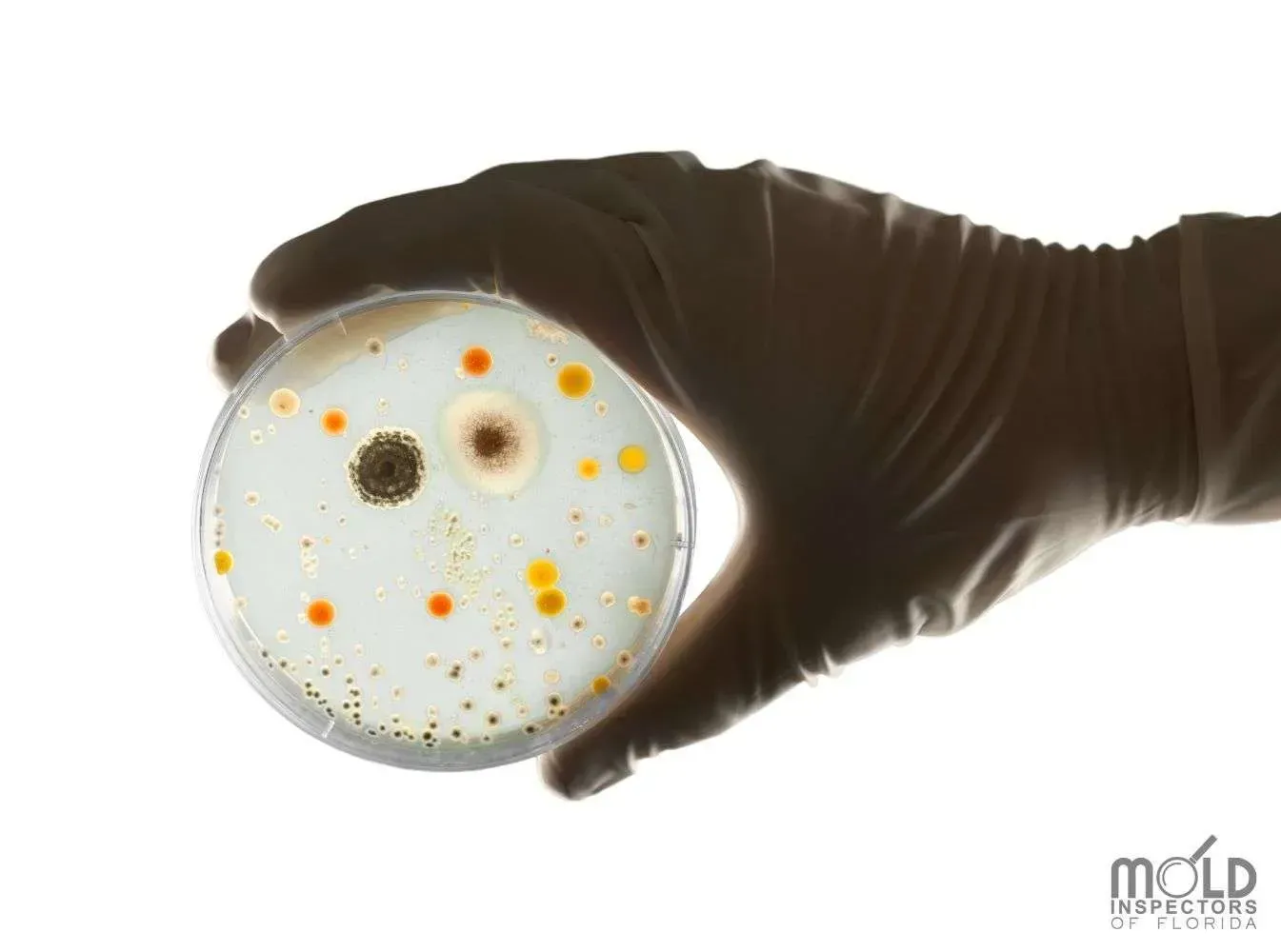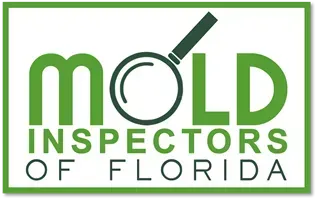Types of Mold – The Good, The Bad, The Toxic

When it comes to mold, many people wonder what types are good and what types are bad. Mold Inspectors of Florida performs inspections of homes and test for this very answer. Many patrons ask for the detailed lab results, mostly concerned about toxic mold. But did you know that mold can be good for you as well?
The world of fungi comprises thousands of species of yeasts and molds. With so much still to learn about their potential, what we do know is not all of these species are toxic. Our goal today is to educate you as a home or building owner to know the types of molds, and danger signs to look for. And finally, we will advise on when to bring in a professional and licensed mold inspector, such as MIOFL.
Good Mold
There are thousands of types of molds, yet when you hear the word mold, most people get scared. However, let’s not forget that there are some molds that are good for us.
Medications
Penicillin is a medication that treats a broad spectrum of illnesses. It originates from the mold Penicillium, which grows naturally on bread and foods. Back in 1928, scientist, Alexander Flemming discovered Penicillin in his laboratory. Flemming found mold from his bread contaminated Petri dishes. The mold began to kill the various bacteria in the Petri dishes he was studying. Flemming’s first name for Penicillin was “mold juice.” Today, Penicillin is a common prescription for most illnesses. The most commonly used is Amoxicillin or “pink medicine.” Amoxicillin is continually used as a safe first antibiotic for most children today.
Besides antibiotics, some molds fall under the “good mold” category for foods as well. Many of your favorite foods rely on fungi to become the product you enjoy in your diet.
Cheese
Cheese production includes the use of a mold. However, the level of mold exposure with this food depends on the type of mold you eat. The highest concentration of edible mold is within Blue cheese, Gorgonzola, and Roquefort. The lowest concentration of edible cheese is within Mozarella, Provolone, and Ricotta.
Mushrooms
Mushrooms themselves are fungi. Most mushrooms are edible, such as Portabello, Agaricus, and Chanterelles. In fact, many cultures consider types of mushrooms, such as Truffles, a delicacy.
Tomato Products
Unknown to many, canned and bottled tomato products use moldy tomatoes. These products include sauces, ketchup, and pastes.
Fermented Foods and Drinks
The fermentation process, in many cases, involves fungi or yeasts and molds. Wines and beers rely on yeasts to create their product. The darker the beer, the higher the yeast or mold content. Same is true for wines. Red wines contain higher mold concentrations than white wines. If you are an allergy sufferer, it’s best to consumer light beers and wines. The higher the mold concentration in your food or beverage, the worse your sinus reaction may be. For beer, choose a Lager over a Stout and for wine choose a Chardonnay over a Merlot.
Bad Mold
Now it’s time to acknowledge the “elephant in the blog”- mold can be dangerous! While we do enjoy some foods that require the use of fungi, other species are a danger to our home and health. Let’s begin with the less dangerous, mildew, and work our way to the highest toxicity.
Mildew
Mildew occurs in many instances and is the least dangerous of all these categories. However, because it can lead to a more dangerous mold problem, we have classified it as a “bad” mold. Mildew is a fungus that contains spores and can cause health risks to any exposed. While most mildew around your home is less dangerous, such as those in the bathtub or on damp clothing. But when exposed to this type of fungi, coughing, headaches, and sore throat may occur. If there is mildew on clothing and worn by individual skin irritation may also occur.
Various Colored Bad Mold
Mold comes in many colors and species, ranging from orange and white to the infamous black mold. Some black molds though, are not considered toxic, just a health risk like any other mold. For molds that fall under this category, health risks include the following:
- headaches
- sore throats
- coughing
- sneezing
- shortness of breath
- cognitive function decrease
- skin irritations
- dizziness
- fatigue
- and more…
Any mold that lives on a sustainable food source in a home can become a danger. Mildew may grow on damp fabrics, a food source, the likelihood of the mildew causing serious harm is rare. Molds that grow on drywall, floors, subflooring, or HVAC units, can become devastating. These molds will use the material they grow on for food and breed at a faster rate. The spores will also become airborne and travel to new areas of the home. When this occurs, the home can become overridden with mold growth. Mold-induced illnesses can occur in humans and pets. Pet food left in a bowl can also become contaminated by airborne mold spores.
Toxic Black Mold
Stachybotrys Chartarum, also known as the toxic black mold, is the last thing a homeowner wants to see. This mold causes serious health risks, including those mentioned in the previous category. In addition to those health risks, toxic black mold also induces serious symptoms. The length of exposure and the amount of mold present will determine the symptoms that arise. Serious symptoms induced by black mold are the following:
- Memory Loss
- Chronic Fatigue
- Chronic Respiratory Distress
- Anxiety
- Insomnia
- Confusion
- Trouble Concentrating
- Nausea and Vomiting
When To Seek Professional Help
Mold is not a substance that you want to take lightly. Mildew, however, you can easily eradicate at home.
Mildew Natural Remedies
If you choose not to spray a chemical mildew cleaner, there are three natural mold and mildew killers. Two home staple items are natural mold killers: vinegar, and hydrogen peroxide.
Vinegar
Distilled White Vinegar is a natural mold killer for 82% of home mold and mildew species. If you leave your clothes in the washer and a pungent smell develops, that is mildew. Simply pour 1/4 cup of vinegar into the washer basin and run a rinse cycle. Follow this cycle with your regular laundry detergent. This should eliminate any mildew that grew on your clothing.
Alternatively, use a spray bottle should you have any surface mildew growing. Place the vinegar in a spray bottle and spray the affected area. Let it sit for an hour. Remove by cleaning with a wet cloth. The vinegar smell should dissipate over time.
Hydrogen Peroxide
Hydrogen Peroxide is a natural antifungal, antibacterial and antiviral. These properties are what make this product a wonderful addition to home first aid kits.
For natural mildew remedies, hydrogen peroxide application uses a spray bottle as well. It is important to note that it is not recommended for use on laundry, only surface mildew. Spray the hydrogen peroxide onto the affected surface. Let sit for 10-15 minutes, and follow up with scrubbing of the area. Wipe clean with a wet cloth.
Mold
For home and building mold growths, we strongly recommend not tackling the removal. When you suspect mold due to a small contaminated area or symptoms occurring, the mold may be worse than you see. It is always best to bring in a professional to inspect for mold. Chances are when you see one area of mold; it is only the tip of the contamination. Mold grows within the wall structures and foundation of the home. It can also affect the ventilation systems and be unseen without proper equipment.
Mold Inspectors of Florida has the capability to inspect deep building structures. MIOFL offers testing with infrared thermography, air sampling, surface swabs, hygrometers, and protimeters. Our samples undergo lab analysis with a 72-hour turn around time. Our turn around expedites to 24 hours for an additional fee.
When you need to search for or remove mold in the home, a professional is the safest route. Without the proper protective equipment, and inspection equipment, DIY options can be dangerous. DIY options cause unnecessary exposure to health risks and risk of spreading spores.
Contact our office today to set up a mold inspection of your home or office building. Be sure to follow us on Facebook, Instagram, and Twitter for the latest mold news in Southwest Florida!


